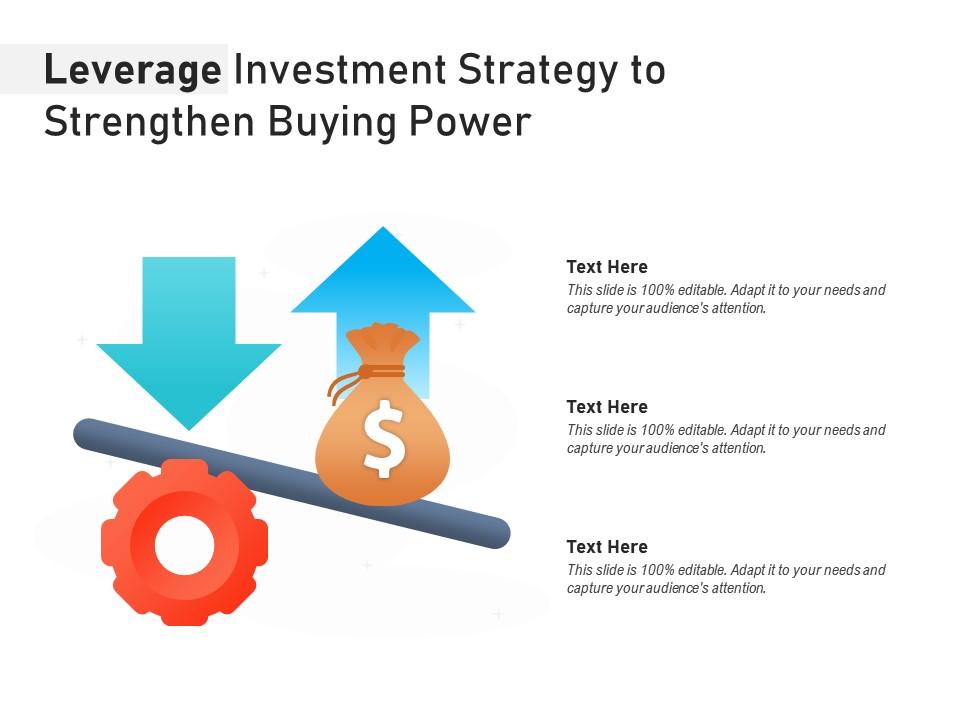How to Use Leverage Safely in Your Investment Strategy

Are you looking to amplify your returns in the stock market? Leverage, the art of borrowing money to invest, can be a powerful tool for investors. However, it’s essential to use leverage safely to avoid potential pitfalls and maximize your returns. In this article, we’ll explore the concept of leverage, its benefits and risks, and most importantly, provide a step-by-step guide on how to use leverage safely in your investment strategy.
What is Leverage?
Leverage is the act of using borrowed money to invest in an asset, with the expectation of earning a higher return than the cost of the borrowed funds. In other words, leverage enables investors to control a larger position than their initial investment, thereby increasing their potential returns. For example, if you invest $100 in a stock and it rises 10%, you’ll earn a 10% return. However, if you use leverage to borrow $500, and the stock rises 10%, you’ll earn a 50% return on your initial investment.
Benefits of Leverage
Leverage offers several benefits, including:
- Increased potential returns: By amplifying your returns, leverage can help you achieve your investment goals faster.
- Reduced risk perspective: Leverage can make larger positions more accessible, allowing you to diversify your portfolio and spread risk.
- Improved liquidity: Leverage can provide access to more assets, making it easier to liquidate your investments.
Risks of Leverage
While leverage can be beneficial, it also carries significant risks, including:
- Increased potential losses: Loans have interest rates and fees, which can add up quickly, especially if the market moves against you.
- Margin calls: If the value of your investments drops, you may be required to deposit more funds or sell your assets to cover the margin requirements.
- Over-leveraging: Borrowing too much money can lead to financial distress if the market downturn is severe.
How to Use Leverage Safely
To use leverage safely, follow these steps:
Step 1: Understand Your Risk Tolerance

Before entering into any leveraged investment, assess your risk tolerance. Consider your financial situation, investment goals, and the potential risks involved.
Step 2: Choose the Right Leverage Instrument
Select a leveraged instrument that aligns with your investment goals and risk tolerance. Common leverage instruments include:
- Margin accounts: A type of brokerage account that enables investors to borrow money to buy securities.
- Options: A derivative that gives investors the right, but not the obligation, to buy or sell an underlying asset at a predetermined price.
- Futures: A contract that obligates investors to buy or sell a specific asset at a predetermined price and date.
Step 3: Set Clear Goals and Stop Losses
Define your investment goals and set stop-loss orders to limit potential losses. A stop-loss order is an instruction to sell an asset when it falls to a certain price, thereby limiting your losses.
Step 4: Monitor and Adjust
Regularly monitor your leveraged investments and adjust your strategy as needed. Keep an eye on market conditions, interest rates, and fees to ensure you’re staying on track.
Step 5: Diversify
Diversify your portfolio by spread betting across different assets and sectors. This will help reduce risk and increase potential returns.
Step 6: Educate Yourself
Stay informed about the markets and the instruments you’re using. Continuously educate yourself on leverage and its risks to make informed decisions.
Conclusion
Leverage can be a powerful tool for investors, but it’s essential to use it safely to avoid potential pitfalls. By understanding the benefits and risks of leverage, setting clear goals and stop-losses, and diversifying your portfolio, you can maximize your returns while minimizing your risk. Remember to stay informed, monitor your investments regularly, and adjust your strategy as needed. With careful planning and discipline, you can use leverage to achieve your investment goals.
Call to Action
Share this article with your friends and family who are interested in learning more about using leverage safely in their investment strategy. Leave a comment below with your thoughts on leverage and how you’ve used it in your own investment journey. Together, we can create a community that empowers investors to make informed decisions and achieve their financial goals.


